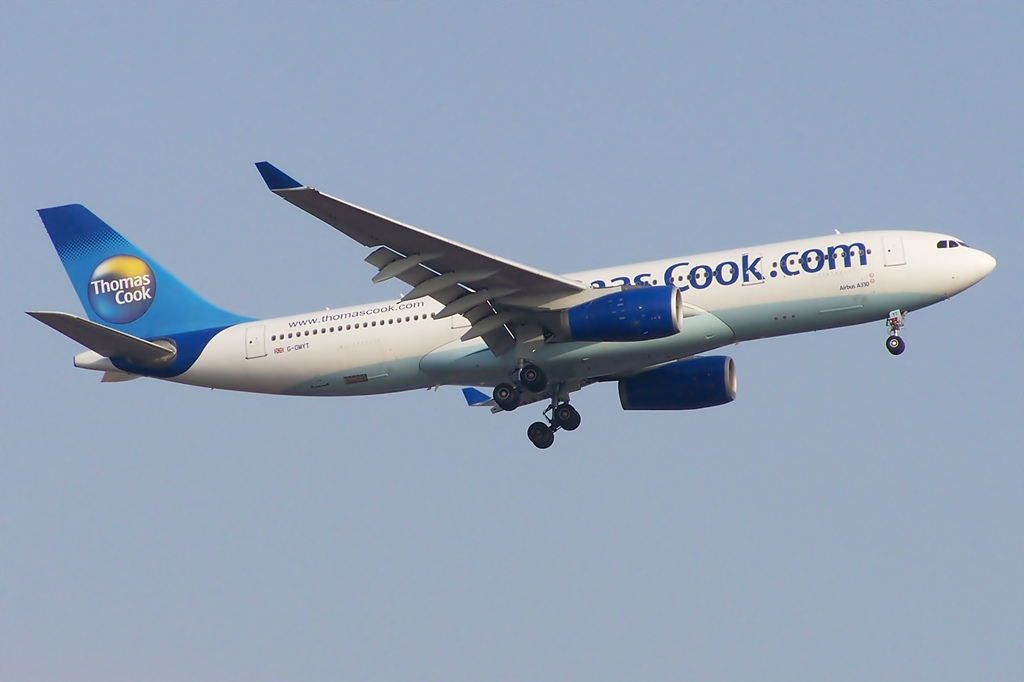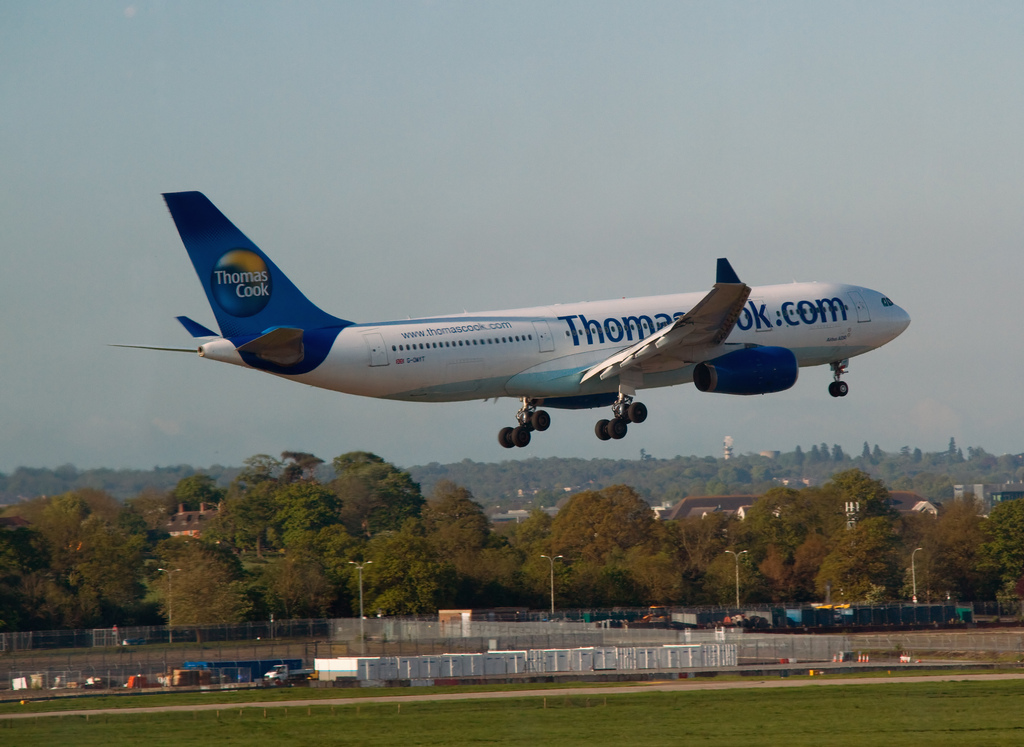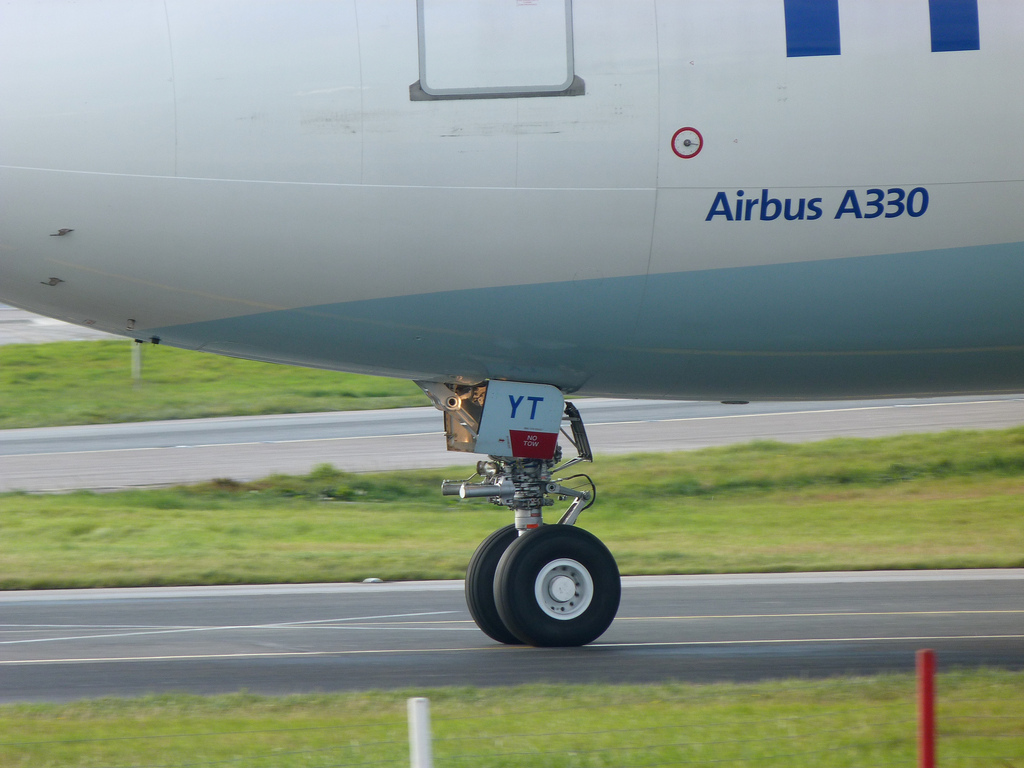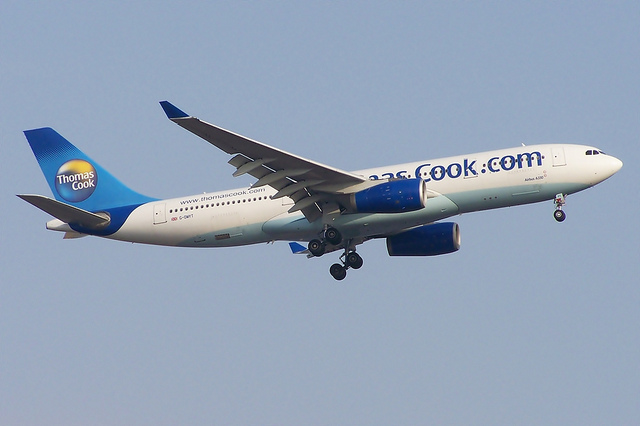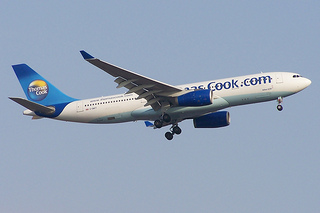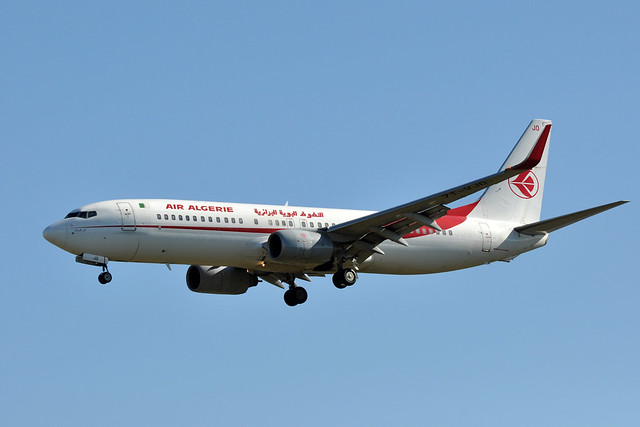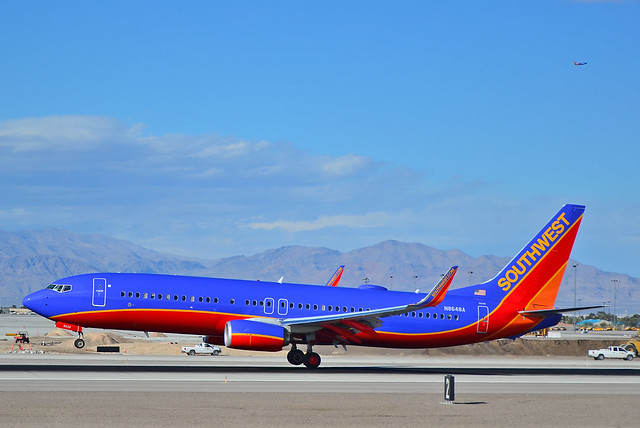Thomas Cook A332 at Manchester on Jun 24th 2013, rejected takeoff
Last Update: February 12, 2015 / 13:25:56 GMT/Zulu time
Incident Facts
Date of incident
Jun 24, 2013
Classification
Incident
Cause
Rejected takeoff
Airline
Thomas Cook Airlines
Flight number
MT-314
Departure
Manchester, United Kingdom
Destination
Punta Cana, Dominican Republic
Aircraft Registration
G-OMYT
Aircraft Type
Airbus A330-200
ICAO Type Designator
A332
A replacement Airbus A330-200 registration G-MDBD departed Manchester 5 hours after the rejected takeoff and is currently estimated to reach Punta Cana with a delay of 6 hours.
The airline confirmed the incident aircraft rejected takeoff due to an engine failure. The engine is currently being examined.
On Jul 2nd 2013 the French BEA reported the takeoff was rejected at 140 knots due to an engine fault. The AAIB have opened an investigation into the occurrence rated a serious incident.
On Dec 12th 2013 the British AAIB reported in their bulletin that the takeoff was rejected at 105 KIAS after a flash and smoke from the right hand engine and associated loss of power. The investigation determined that the right hand engine failed because of the fracture of the a single high pressure turbine blade as result of high cycle fatigue crack propagation, causing an engine surge and damage further downstream into the intermediate and low pressure turbines and nozzles. Although the investigation report didn't name the videographer, it is obvious from the narration they used the Simon Lowe's video shown below as evidence into the investigation, too.
The AAIB reported that both IP (intermediate pressure) and LP (low pressure) spools of the engine became seized as result of debris jammed between turbine rotors and casings during run down of the engine.
The AAIB stated: "Laboratory analysis of the fractured blade root found multiple crack initiation locations caused by Type 2 Sulphidation corrosion. This led to high-cycle fatigue (HCF) propagation, weakening of the blade and subsequent material rupture in tensile overload. In addition, unidentified deposits were present on the surfaces of the blade remains which are the subject of ongoing analysis by the manufacturer."
On Feb 12th 2015 the AAIB released an amendment to their Bulletin reading: "The failure of the HP turbine blade in this incident was caused by high cycle fatigue propagation due to surface damage as a result of Type 2 Sulphidation corrosion. During examination of the remains of the blade, to determine the cause of its failure, unidentified deposits were found on its surfaces. There was concern that these deposits may have been volcanic in origin, in particular from the 2010 eruption of Eyjafjallajökull in Iceland, so additional forensic analysis was carried out. That work was completed in August 2014 and did not identify compounds typically associated with volcanic activity. However, although an encounter with volcanic gaseous sulphur cannot be discounted it is concluded that the deposits probably are an accumulation of atmospheric dirt and pollutants."
Incident Facts
Date of incident
Jun 24, 2013
Classification
Incident
Cause
Rejected takeoff
Airline
Thomas Cook Airlines
Flight number
MT-314
Departure
Manchester, United Kingdom
Destination
Punta Cana, Dominican Republic
Aircraft Registration
G-OMYT
Aircraft Type
Airbus A330-200
ICAO Type Designator
A332
This article is published under license from Avherald.com. © of text by Avherald.com.
Article source
You can read 2 more free articles without a subscription.
Subscribe now and continue reading without any limits!
Read unlimited articles and receive our daily update briefing. Gain better insights into what is happening in commercial aviation safety.
Send tip
Support AeroInside by sending a small tip amount.
Related articles
Thomas Cook A332 at Holguin on Nov 27th 2017, rejected takeoff due to engine failure
A Thomas Cook Airbus A330-200, registration G-OMYT performing flight MT-2653 from Holguin (Cuba) to Manchester,EN (UK), was accelerating for takeoff…
Thomas Cook A332 at Los Angeles on Aug 26th 2017, rejected takeoff due to engine failure
A Thomas Cook Airbus A330-200, registration G-OMYT performing flight MT-2825 from Los Angeles,CA (USA) to Manchester,EN (UK), was accelerating for…
Thomas Cook A332 near Belfast on Nov 17th 2012, engine shut down in flight
A Thomas Cook Airbus A330-200, registration G-OMYT performing flight MT-324 from Manchester,EN (UK) to Cancun (Mexico), was climbing through FL345…
Thomas Cook A332 near Shannon on Nov 9th 2012, engine shut down in flight
A Thomas Cook Airbus A330-200, registration G-OMYT performing flight MT-174 from Manchester,EN (UK) to Cayo Coco (Cuba), was enroute at FL360 about…
Thomas Cook A332 over Atlantic on Oct 26th 2012, engine shut down in flight
A Thomas Cook Airbus A330-200, registration G-OMYT performing flight MT-246 from London Gatwick,EN (UK) to Orlando Sanford,FL (USA) with 338 people…
Newest articles
Algerie B738 near Algiers on Apr 17th 2024, cracked window
An Air Algerie Boeing 737-800, registration 7T-VJO performing flight AH-1036 from Algiers (Algeria) to Lyon (France), was enroute at FL340 about…
Southwest B738 at St. Louis on Apr 19th 2024, engine failure
A Southwest Airlines Boeing 737-800, registration N8648A performing flight WN-5907 from St. Louis,MO to Sacramento,CA (USA), was climbing out of St.…
Subscribe today
Are you researching aviation incidents? Get access to AeroInside Insights, unlimited read access and receive the daily newsletter.
Pick your plan and subscribePartner

A new way to document and demonstrate airworthiness compliance and aircraft value. Find out more.

ELITE Simulation Solutions is a leading global provider of Flight Simulation Training Devices, IFR training software as well as flight controls and related services. Find out more.

Your regulation partner, specialists in aviation safety and compliance; providing training, auditing, and consultancy services. Find out more.
AeroInside Blog
Popular aircraft
Airbus A320Boeing 737-800
Boeing 737-800 MAX
Popular airlines
American AirlinesUnited
Delta
Air Canada
Lufthansa
British Airways
